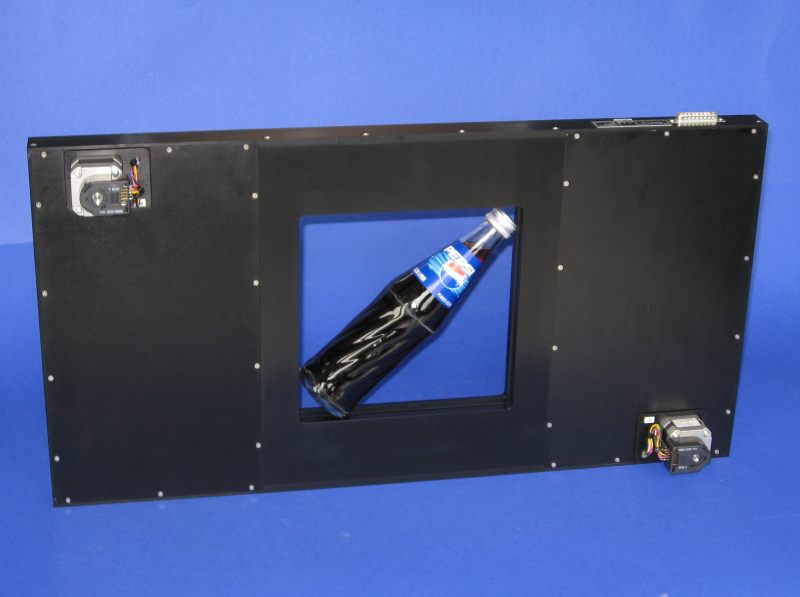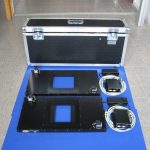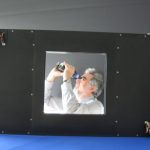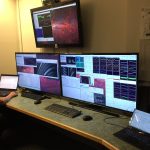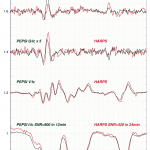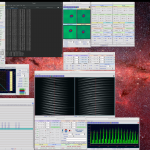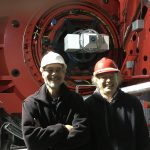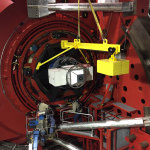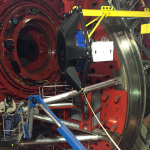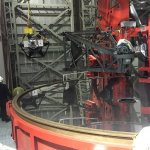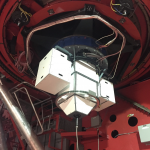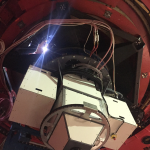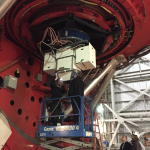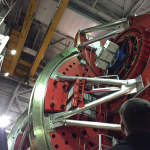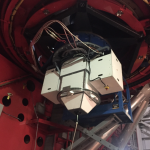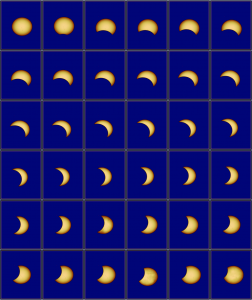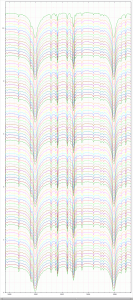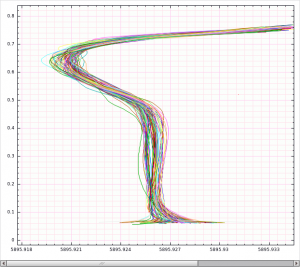The Pepsi Exoplanet Transit Survey (PETS@LBT) Workshop is scheduled on
Tuesday Sep 22 – 6am to 9am AZ time (13:00-16:00 UTC)
In this Workshop, we will discuss and wrap-up our community proposal for a large LBT program, to be submitted shortly thereafter. We propose a high-resolution spectroscopic survey of exoplanet transits, secondary eclipses, and host-star characterizations of selected targets; dubbed the “PEPSI/LBT Exoplanet Transit Survey (PETS)”. Immediate goal is characterizing the planetary and stellar atmospheres in detail. During this 3-hr Zoom meeting we shall emphasis again the strengths and uniqueness of this proposal and recall shortcomings. The survey requests 40 nights in total or 12.5 nights per semester for two years in order to observe a representative number of targets starting in semester 2021A.
The zoom link will be provided by e-mail.
Survey Announcement (.pdf)

